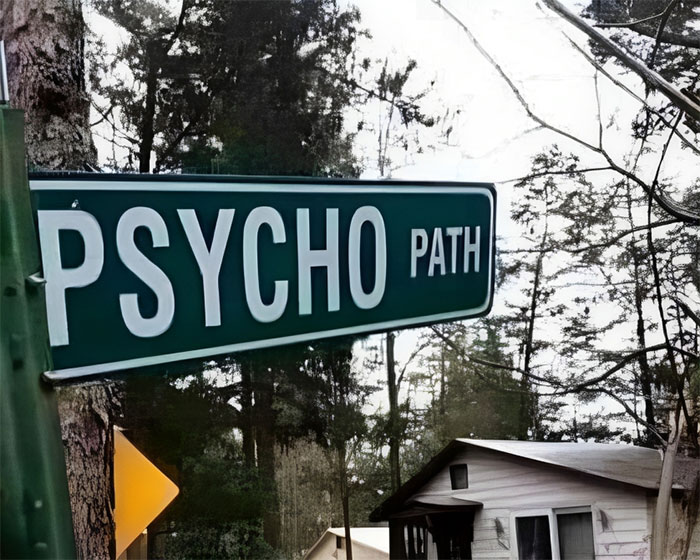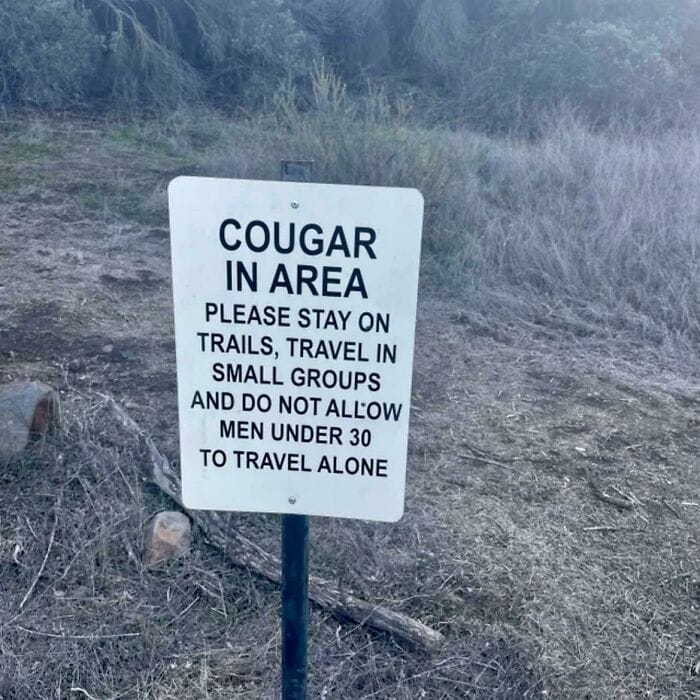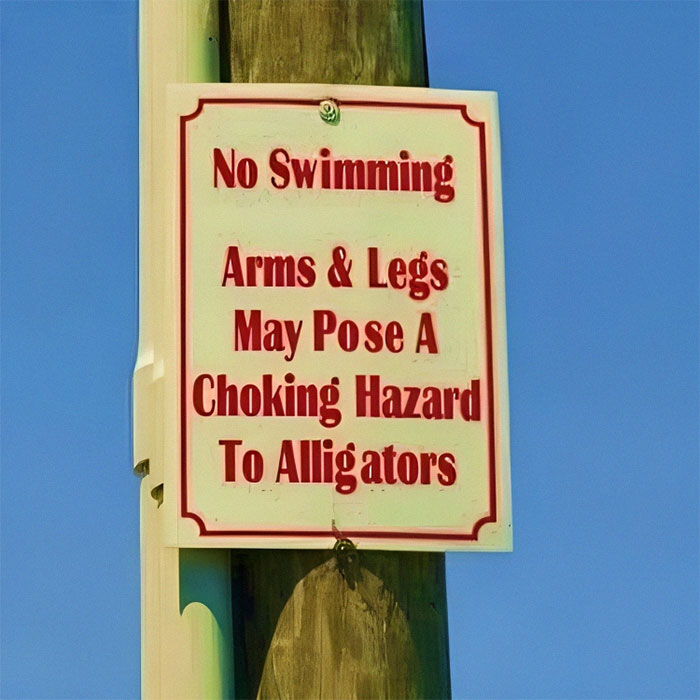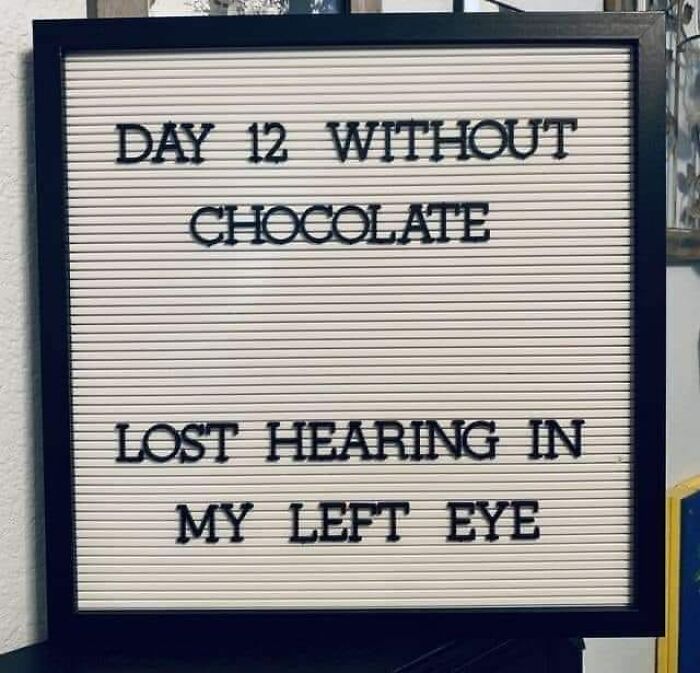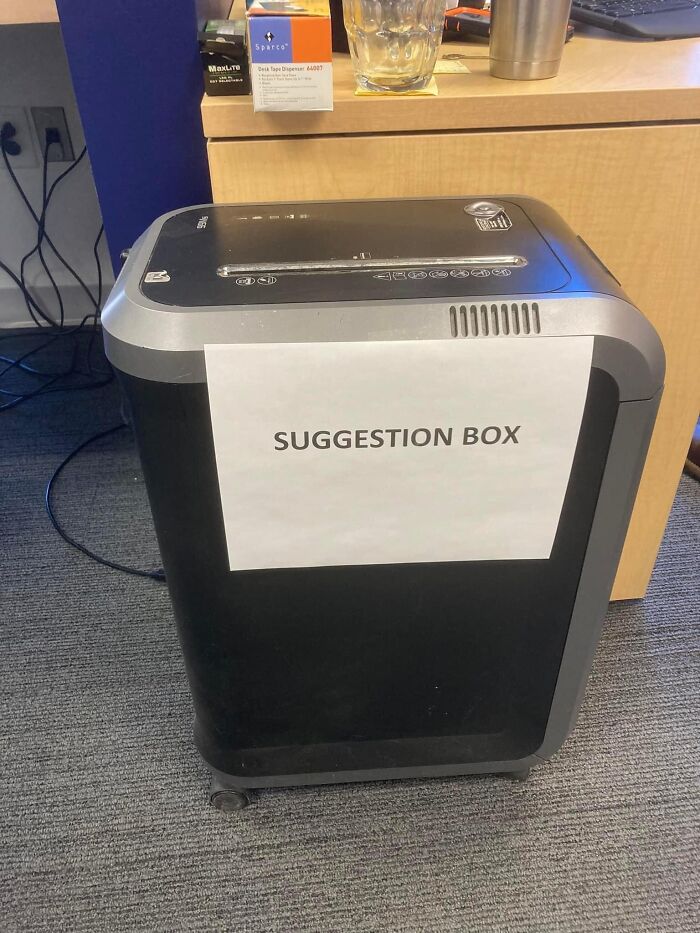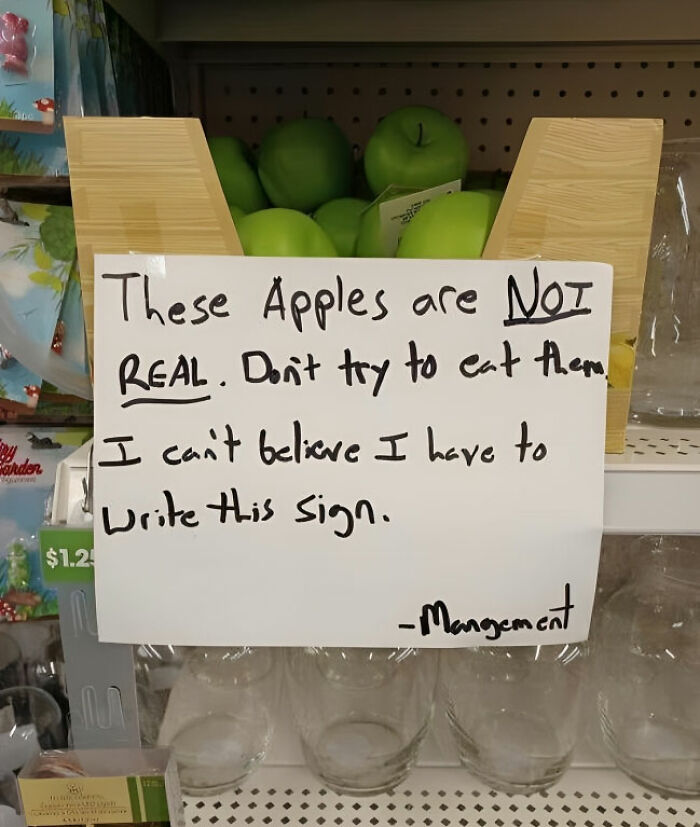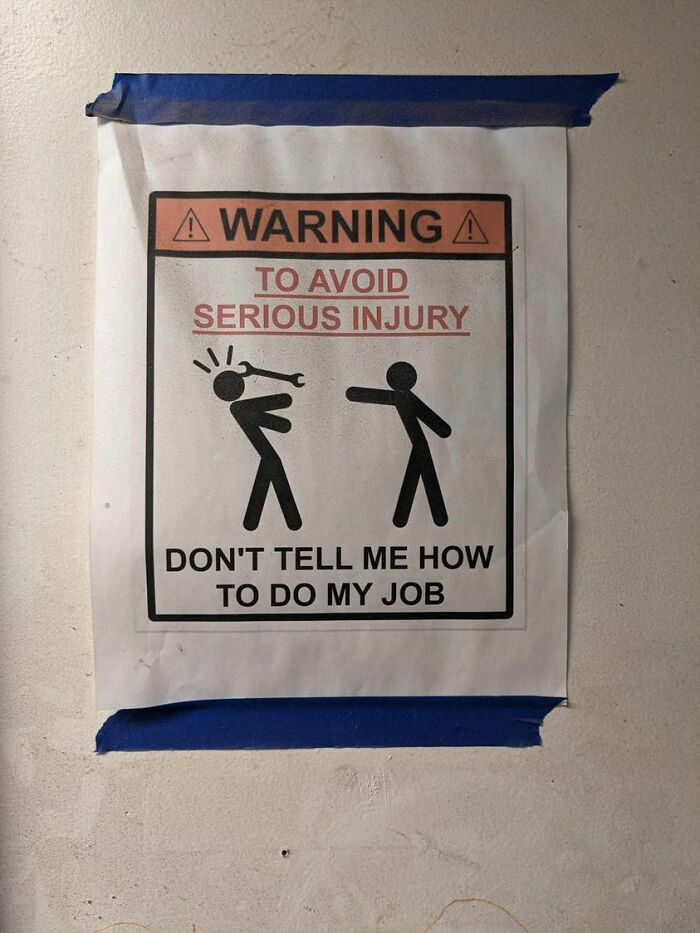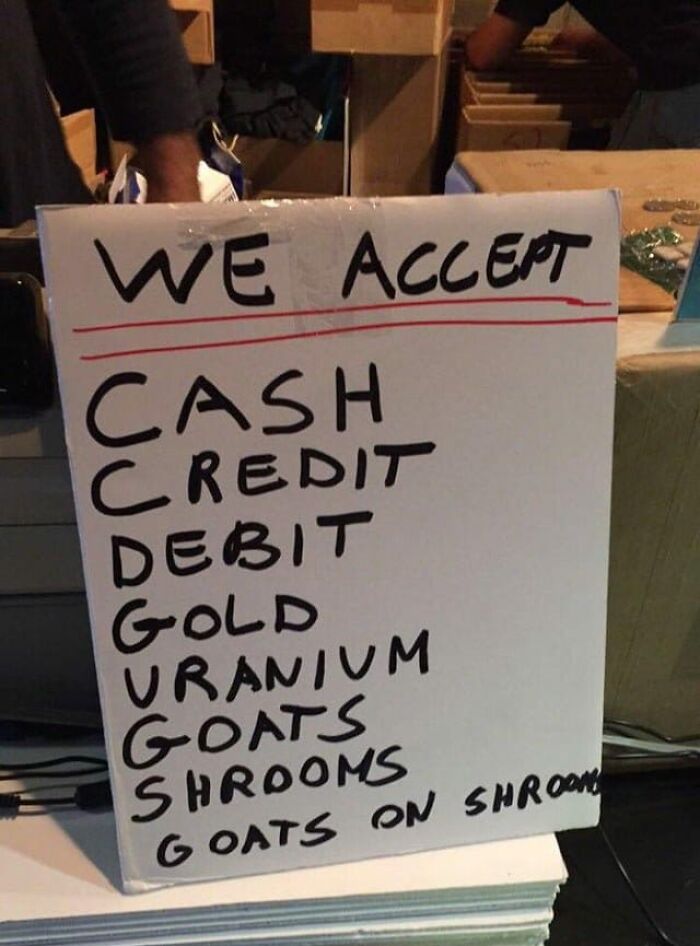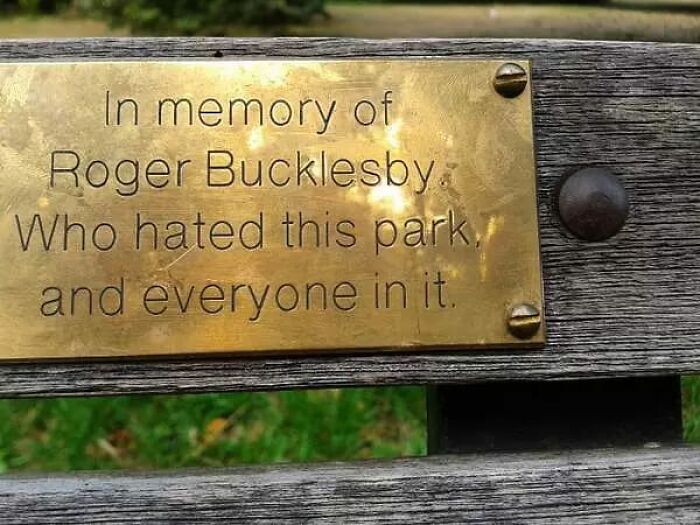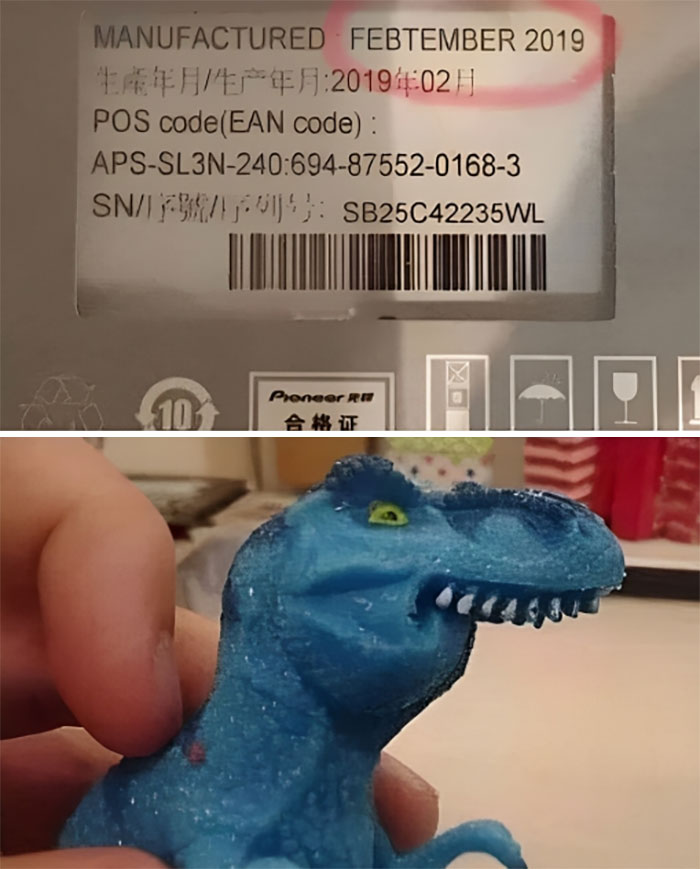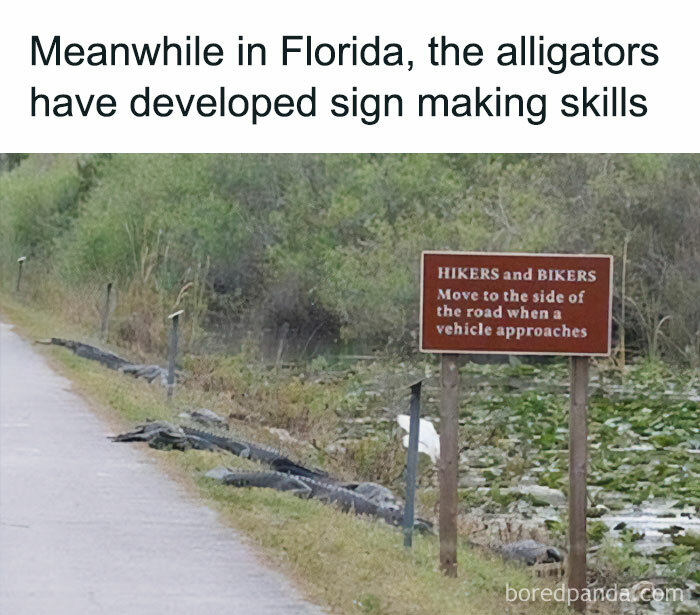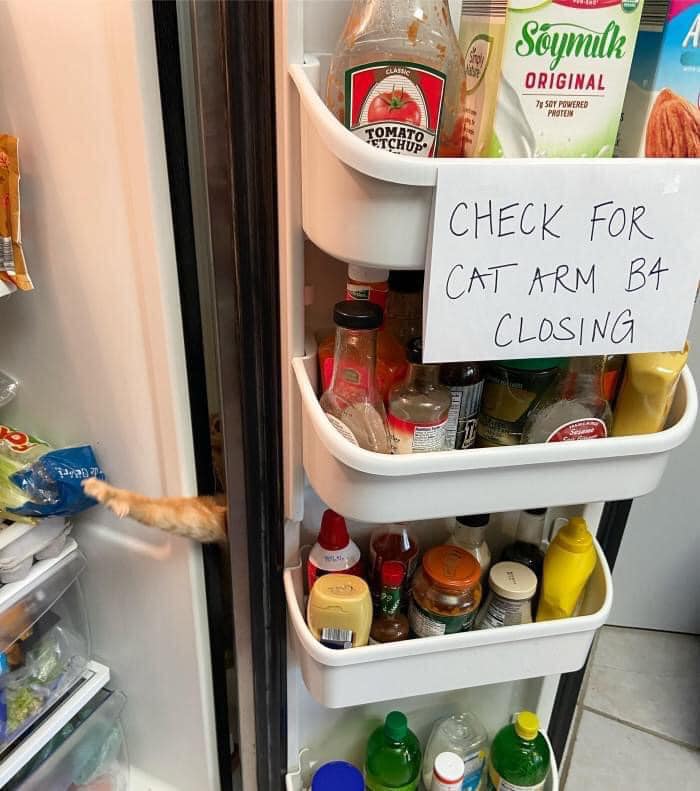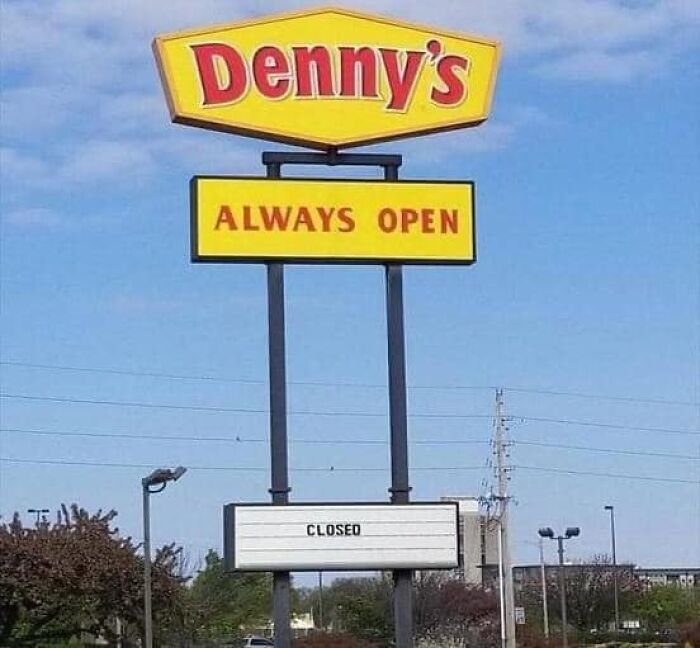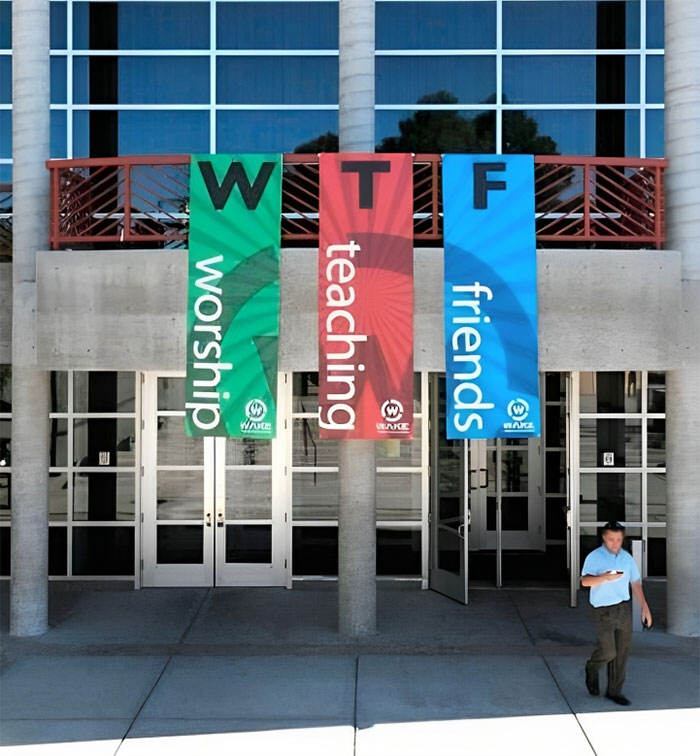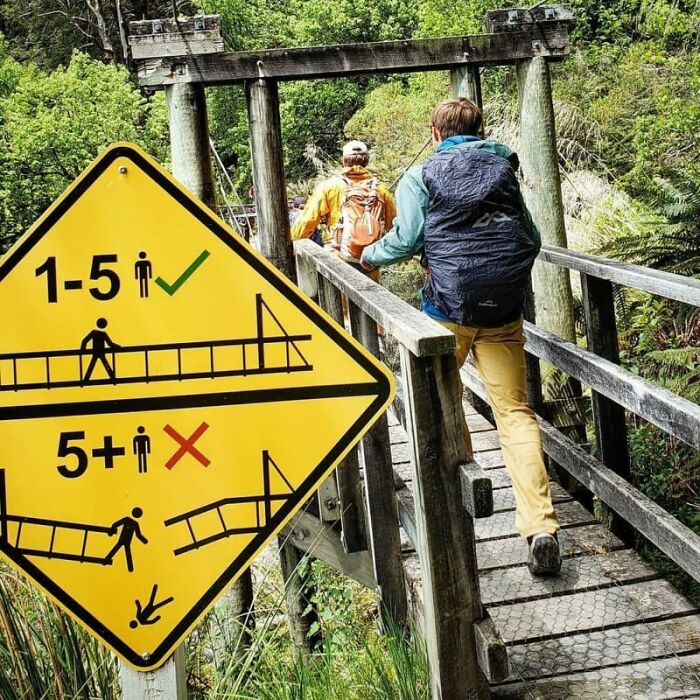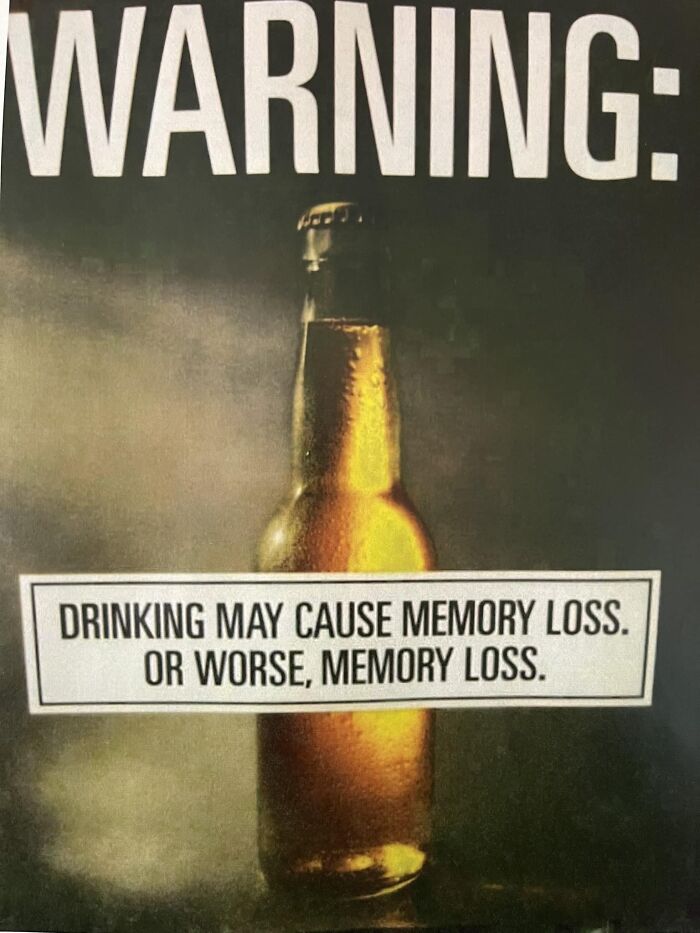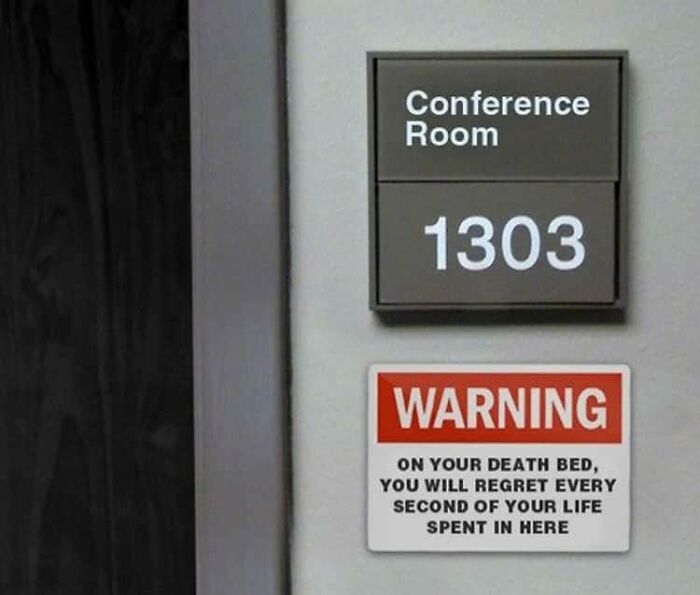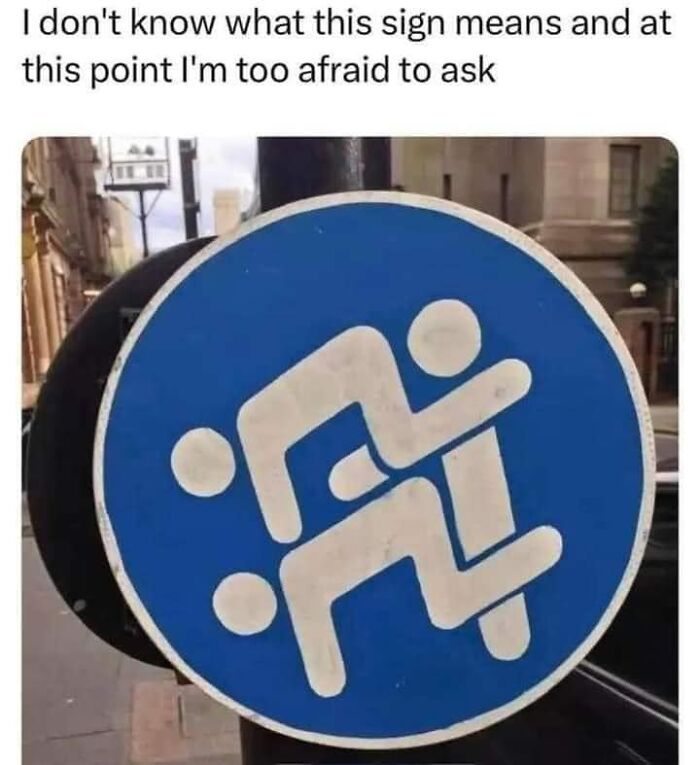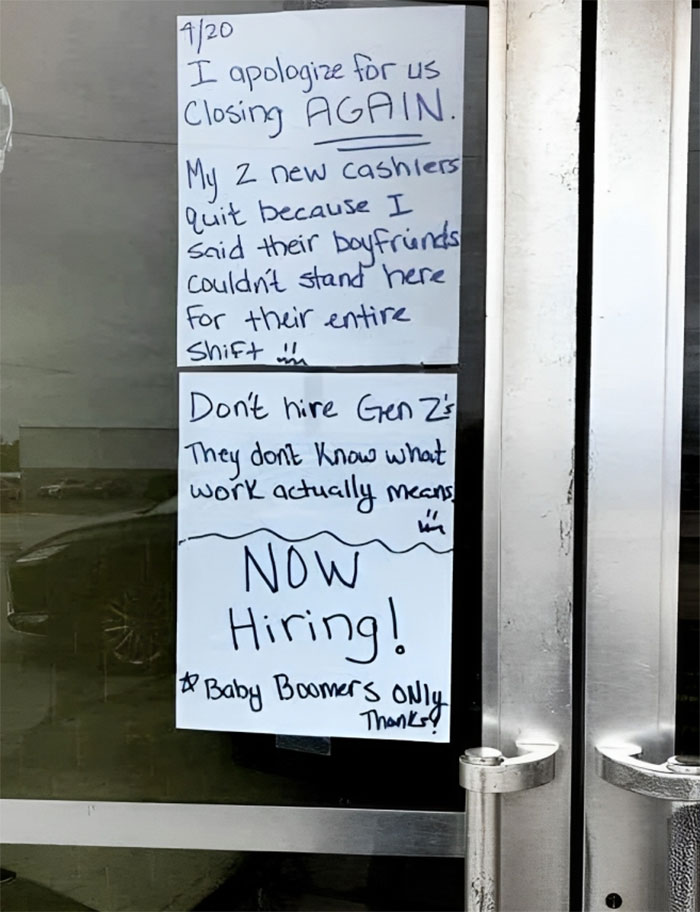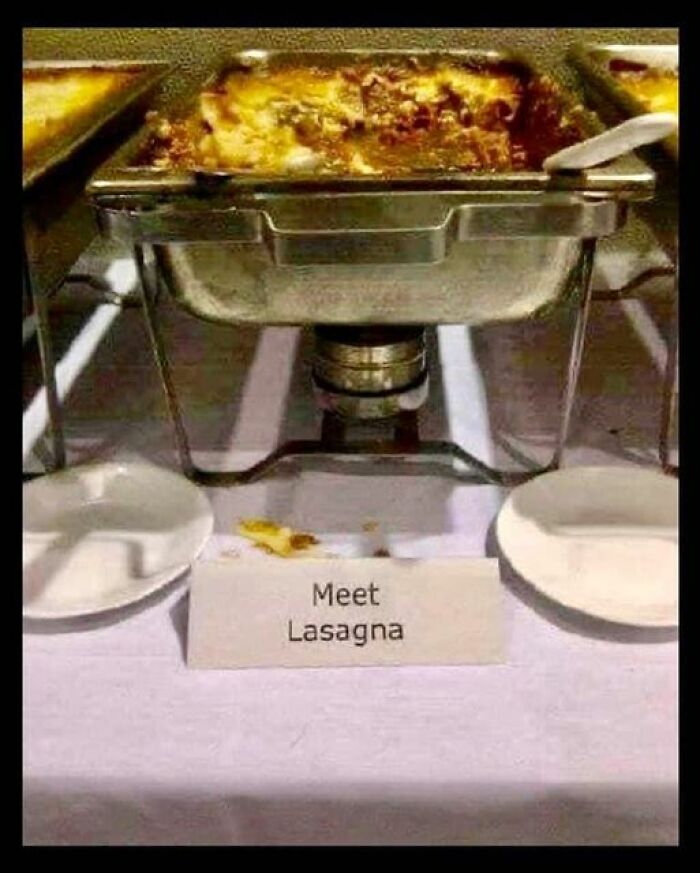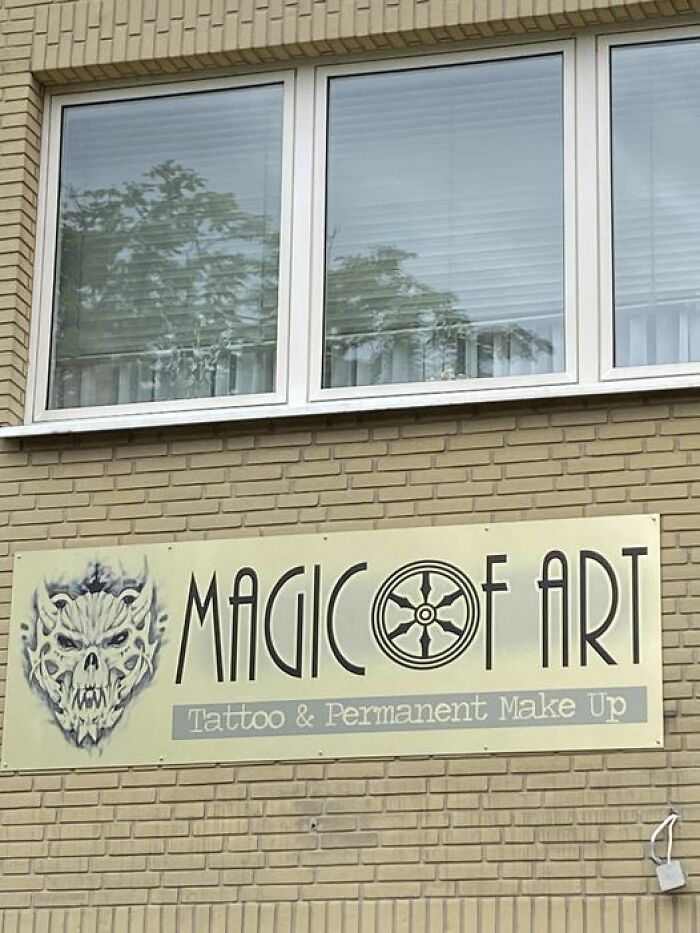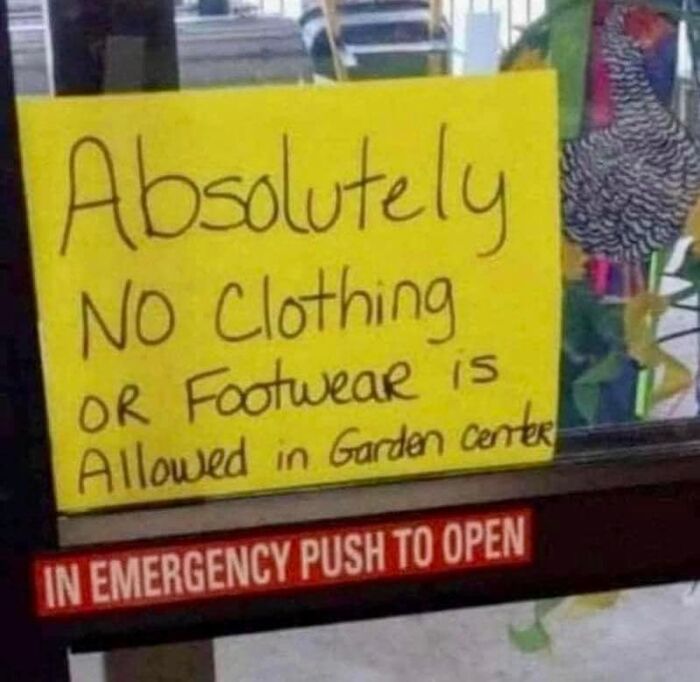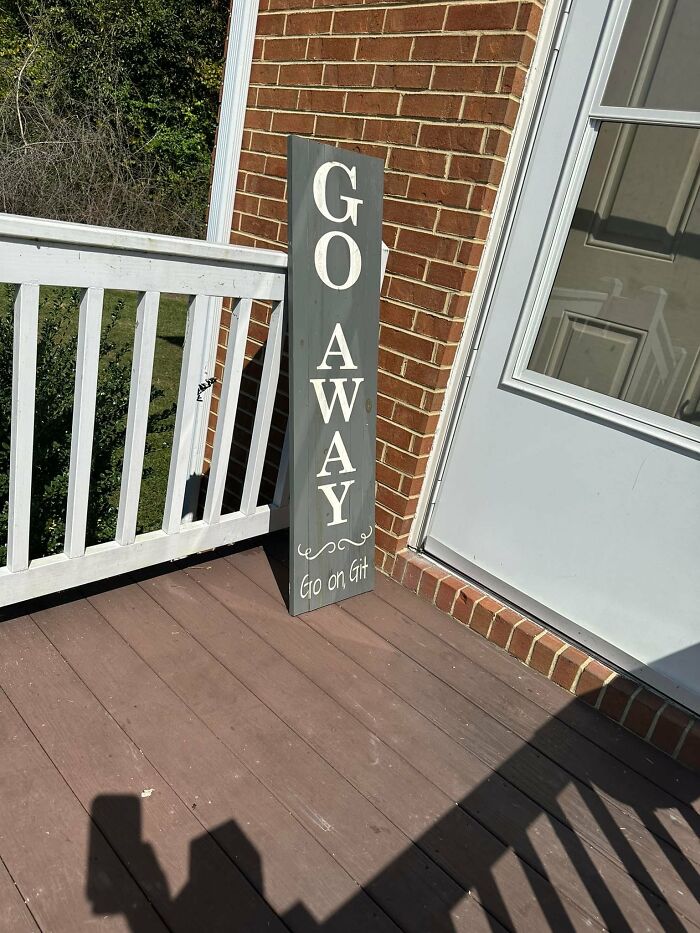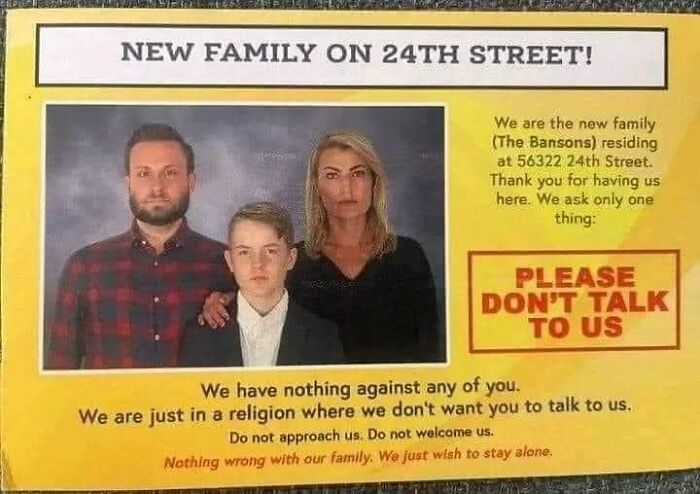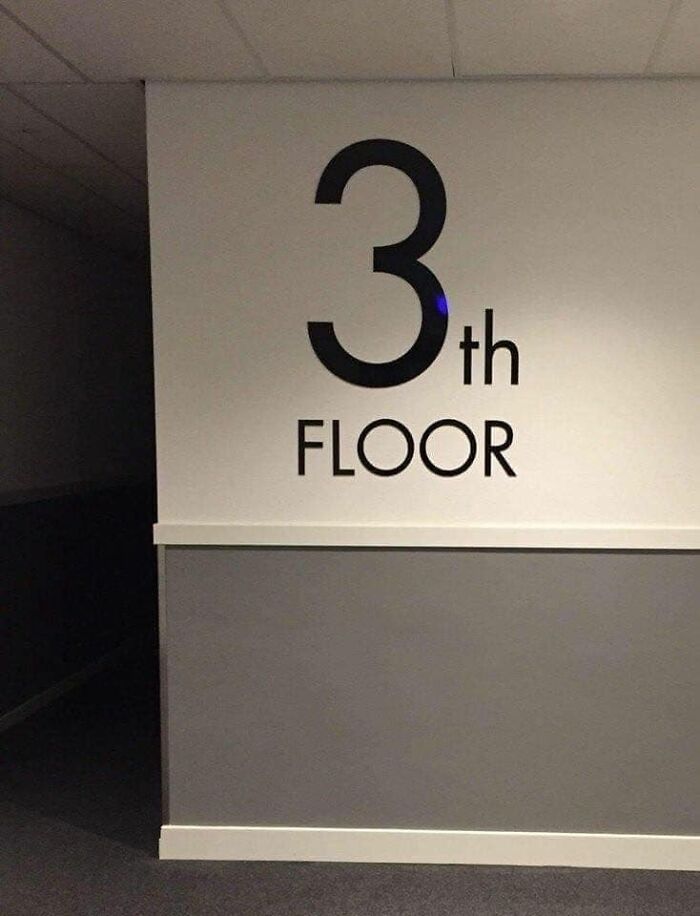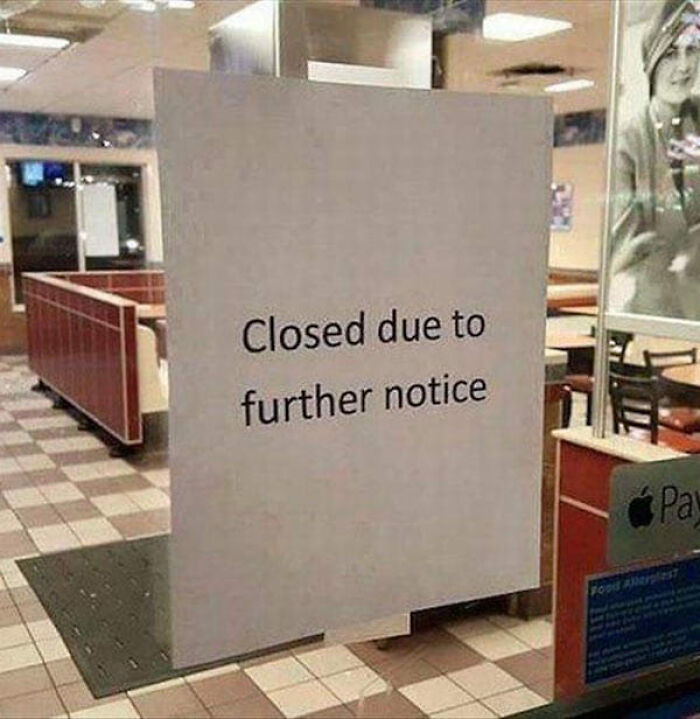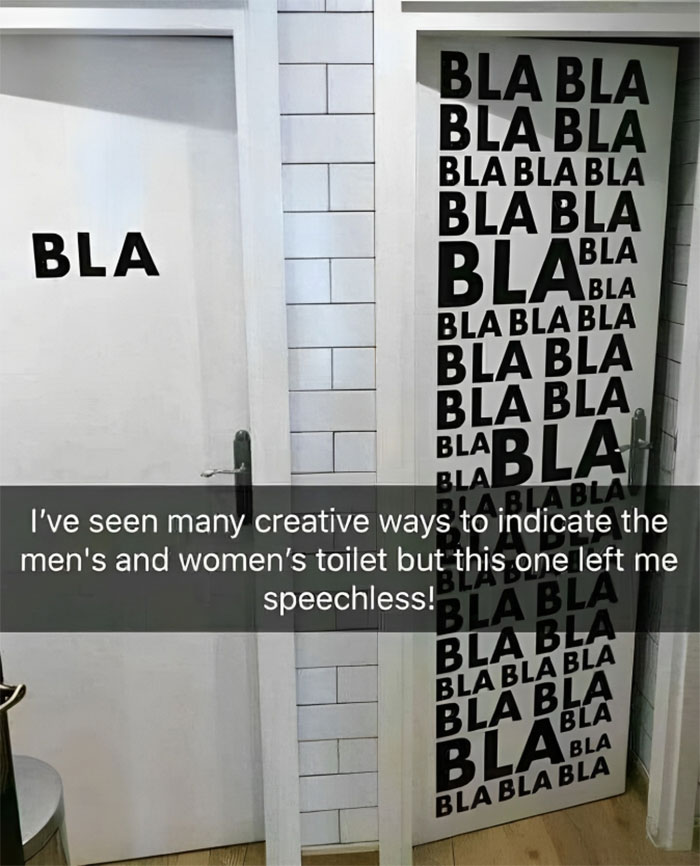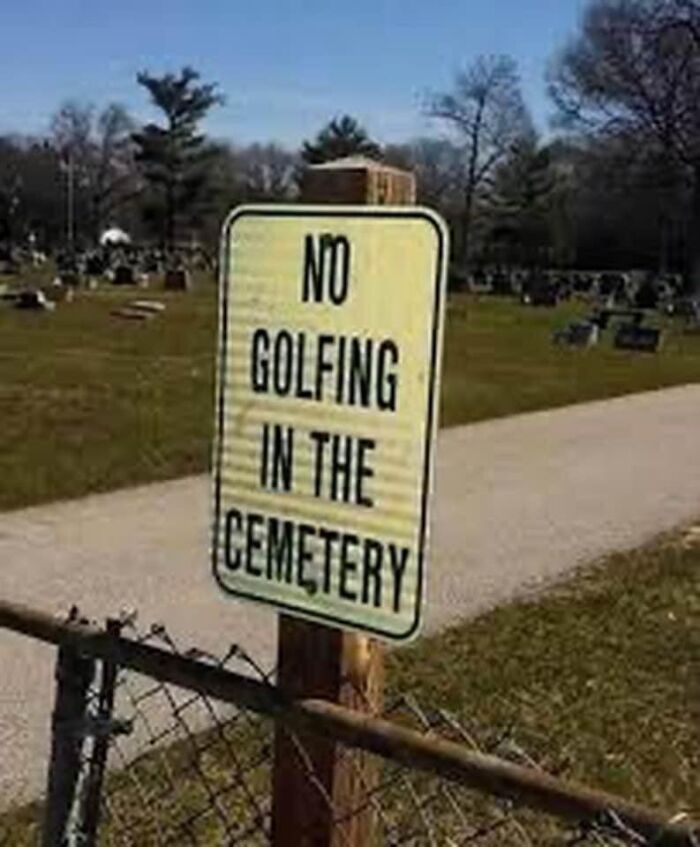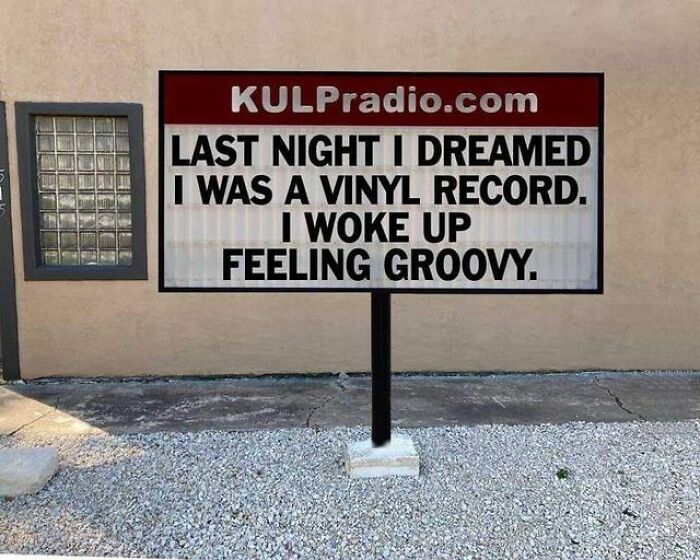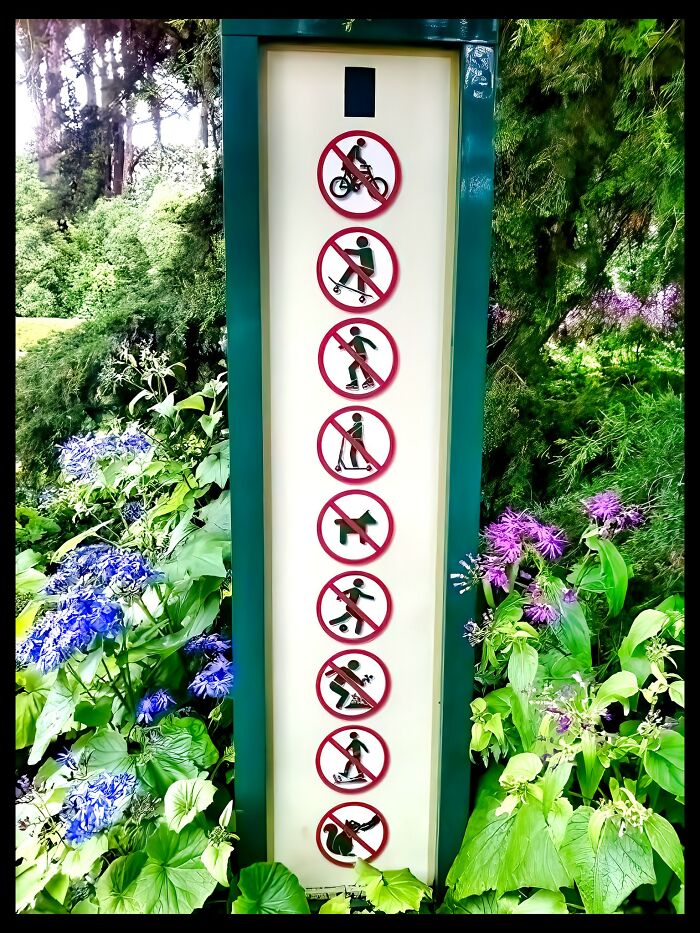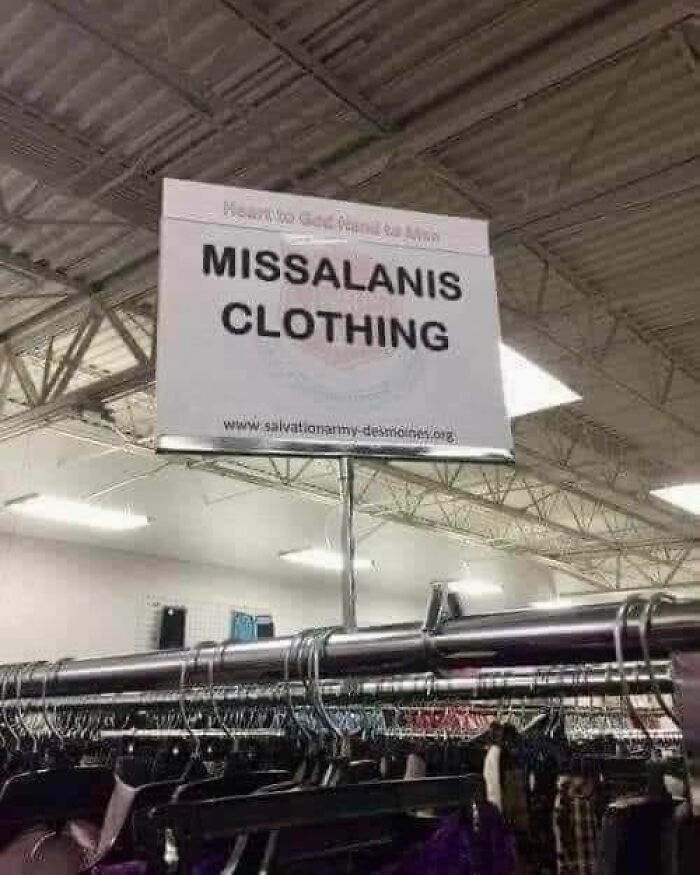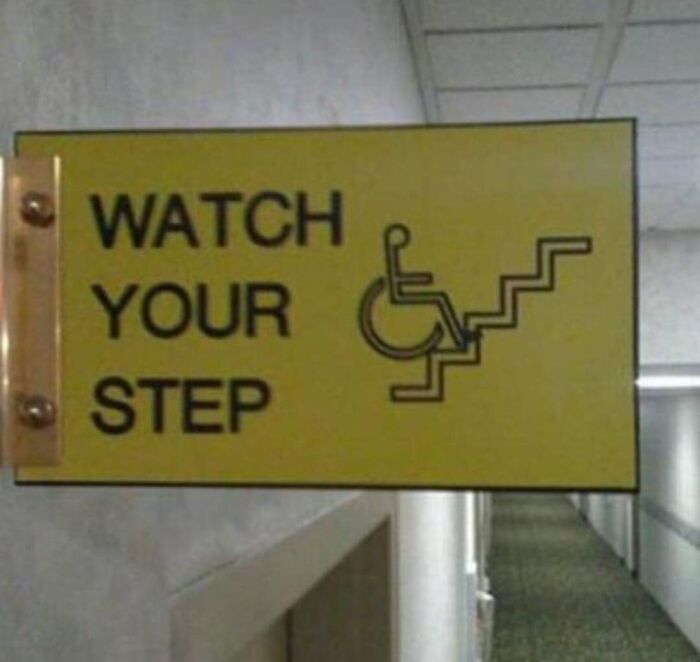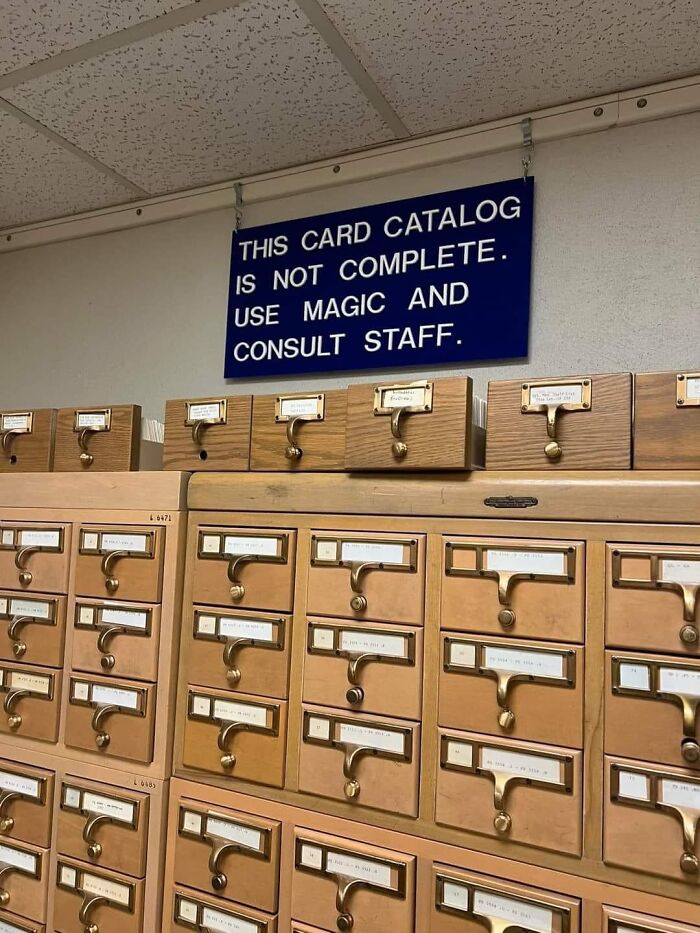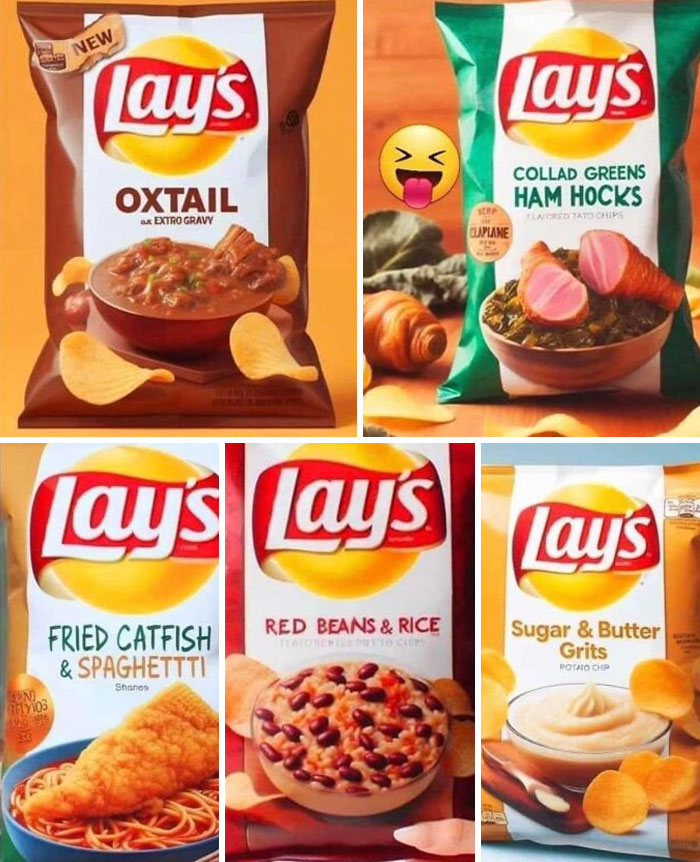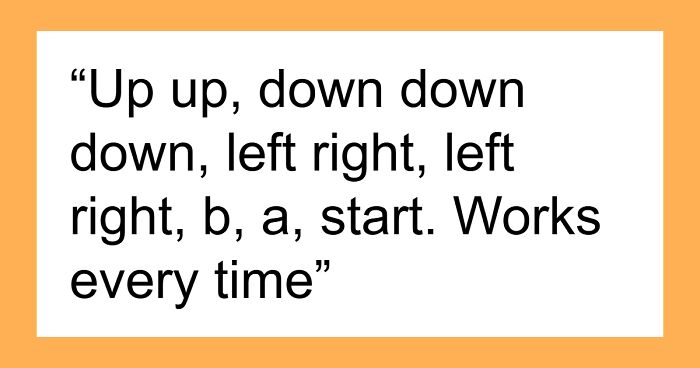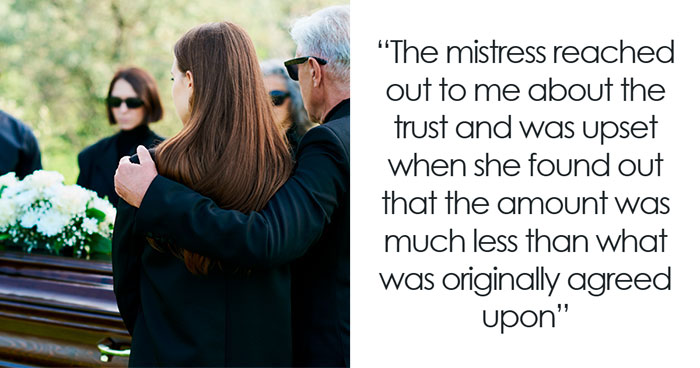Signs can help one get out of confusion, whether they’re put up on fences, in stores, lined up along the roads or elsewhere. But some of them are what makes the person confused in the first place; or make them burst out with laughter at how ridiculous—or sometimes witty—they are.
Plenty of such examples can be found on the ‘Absurd signs’ Facebook group. Dedicated to all sorts of signage, the group was started just a couple of years ago, but has already amassed nearly 30 thousand members. Today, we have listed some of their best signs for you to browse, so scroll down to find them, and see for yourself how funny, informative, useless, confusing, and beyond they can be.
In the hopes of understanding how such absurd signs can affect us and why we might find them entertaining, Bored Panda turned to two experts who were kind enough to answer a few of our questions. Scroll down to find insight shared by professor of Computer Science at Dalhousie University and expert in cognitive neuroscience, Thomas Trappenberg, and Professor of Linguistics at University of Nevada, sociolinguist, and author, Valerie Fridland.
This post may include affiliate links.
Whomever it was that commented on this one last week and said something like "and what about kindness and consideration?" or some s**t and got 150 upvotes, you don't need to do it again. You had your moment.
The ‘Absurd signs’ Facebook group is on a mission to share “Absurd and funny signs from around the globe,” as their own description reads; and they might be doing all of us a favor, it seems.
“I think that fun can have a very positive effect on our mental state, thus, I think that funny signs could have a very positive effect on our mental health,” professor of computer science at Dalhousie University and expert in cognitive neuroscience Thomas Trappenberg told Bored Panda in a recent interview.
Some of these signs are not only fun but unexpected, too, and, according to Dr. Trappenberg, surprise is a big factor when it comes to entertainment. “It is well known that music composers often play with the contrast of anticipation and surprise,” he pointed out. “Eliciting surprise is also a common factor in visual art.”
I can see the planning department laughing their heads off when they came up with this one and yes, all of them are dads
Prof. Trappenberg expanded on how surprising things affect our brain: “Cognitive neuroscience has established that humans have two complementary ways of making decisions. One is mainly subconscious and highly automated or habitual. Many of our actions in daily life are guided by this.
“In contrast, when something unexpected happens that needs new solutions, it grabs our attention and evokes our conscious decision system that is more deliberative and is trying to find causal relations. Funny signs can trigger grabbing our attention and evoke our conscious deliberative system.”
🤣🤣🤣 Plus most humans are not organically fed and consume too much sugar, coffee and alcohol, so they are not a balanced diet for the gators anyway. 😉
Professor of linguistics at University of Nevada and the author of Like, Literally, Dude: Arguing for the Good in Bad English, Valerie Fridland, seconded the idea that unexpected things tend to grab our attention. “Whenever we encounter something incongruent with our expectations, it increases our attention to it, both in terms of consciously standing out more, but also when there is mismatch or incongruence, cognitive processing seems to ramp up.
“In other words, we devote more processing effort to something new and unexpected than we do to the same old. This likely makes us more aware of our reaction to it—possibly making it even more funny than it would be in a more expected place,” she told Bored Panda.
I sometimes have the emotional integrity of a three-year-old, but this is funny!
Because of the way signs grab our attention and evoke our conscious deliberative system, they can be a double-edged sword. “The grabbing of attention away from some other task could be problematic when, for example, driving, but evoking our deliberative system can also be important, for example, for learning new things,” Prof. Thomas Trappenberg pointed out.
Valerie Fridland added that from the perspective of a business or organization, the unexpectedness of certain signs can help people remember the business or experiences more. “If it makes you laugh or feel better, especially when you were expecting to be serious, what is not to love about it?” she added.
In an interview with Bored Panda, the expert in cognitive neuroscience, Prof. Trappenberg, suggested that the process of comprehending jokes doesn't differ much depending on whether they’re visual or textual; it’s pretty safe to say that both graphic and textual signs can be equally amusing in some cases.
“Triggering surprises in the visual or textual domain takes, of course, different sensory forms, but ultimately surprise is triggered by the difference of the top-down prediction by the brain and the bottom-up sensory input. Thus, comprehension of jokes is rooted in the more abstract understanding of the world and should hence have common aspects visually or textually,” he explained.
When the manager at Home depot speaks fluent redneck.
Professor of linguistics, sociolinguist and author Valerie Fridland suggested there might be some differences in the way we comprehend things we hear and and the ones we read. “For one thing, there is generally a more stuffy feel to a written phrase, since writing is associated with more scholarly and formal behaviors, so, to have silliness there increases its effect,” she pointed out. “Also, many of the jokes rely on the way things are spelled, not pronounced, so it is much easier to get the joke if it is written.”
Shouldn’t you be able to tell just by holding it? Also why are you even eating an apple in a store?
There are many factors that determine how entertaining we find puns, wordplay, and other linguistic conundrums. “Generally in researching the language of humor, researchers call out two different types,” Prof. Fridland told Bored Panda. “One is humor that draws upon simply the meaning of what is being said; if we are playing on the meaning of a word itself (e.g., like making a joke about ‘I thought elephants never forget’ in a context where a republican forgot something), linguists call it referential humor. If it involves some play on the sound or form of the word itself—like a wine bar making a joke about ‘get your whine on’—then it is referred to as verbal humor.”
I wonder under what influence that sign was written, does anyone have a clue? 🍄😉
Or my gold goat on uranium shrooms with bad credit?
Load More Replies...I know a Harley dealership where someone used a Cow as a trade in for a new bike.
I want to see what happens when someone pays for their dining room set with a herd of drug-addled goats.
I’m loving that shrooms are becoming more & more legal throughout the US, for therapeutic usage. I can order gummies, chocolate bars or caps/stems with up to 5 grams each, for under $50. They’re perfect for resetting the psyche, managing anxiety or overcoming post traumatic stress. My metaphor is that they work on the mind as a defragmenting software works on a computer hard drive.
Had no clue u could buy shrooms. It's a blast to go shroom picking after a rain on a hot day in Texas,out in the cow pastures.
“Alliteration, homophony (same-sounding words with different meaning) and rhyming show some intentionality and help to cue us in that someone is intentionally playing with the traditional meaning of those words, and this adds to the humor as it makes the humorous mismatch more noticeable and entertaining,” the linguist continued.
“In fact, the homophones or rhymes are the very things that allow us to combine things that otherwise wouldn’t naturally fit together (e.g., like wine/whine or rhymes like grin and sin). We also tend to appreciate intellectual humor that seeing someone adept with language in such a way signals.”
“I think the key thing about wordplay and language-based humor is that it triggers us to spend a bit more time thinking about the meaning behind it and that itself is generally what the signage is aiming for,” Valerie Fridland said. “And when we do ‘get it,’ it helps build community, as it shows that we are part of a larger culture or society, which shares that humor.”
It’s that new month, it’s a mix of February and September and is 58 days long
Not surprising. Dangerous beasts have taken over the legislature and the governor's mansion there too.
Cyprus Airways. Not a good look
A pub in Edinburgh, Scotland. Do it quietly, other people are concentrating

 Dark Mode
Dark Mode 

 No fees, cancel anytime
No fees, cancel anytime 








